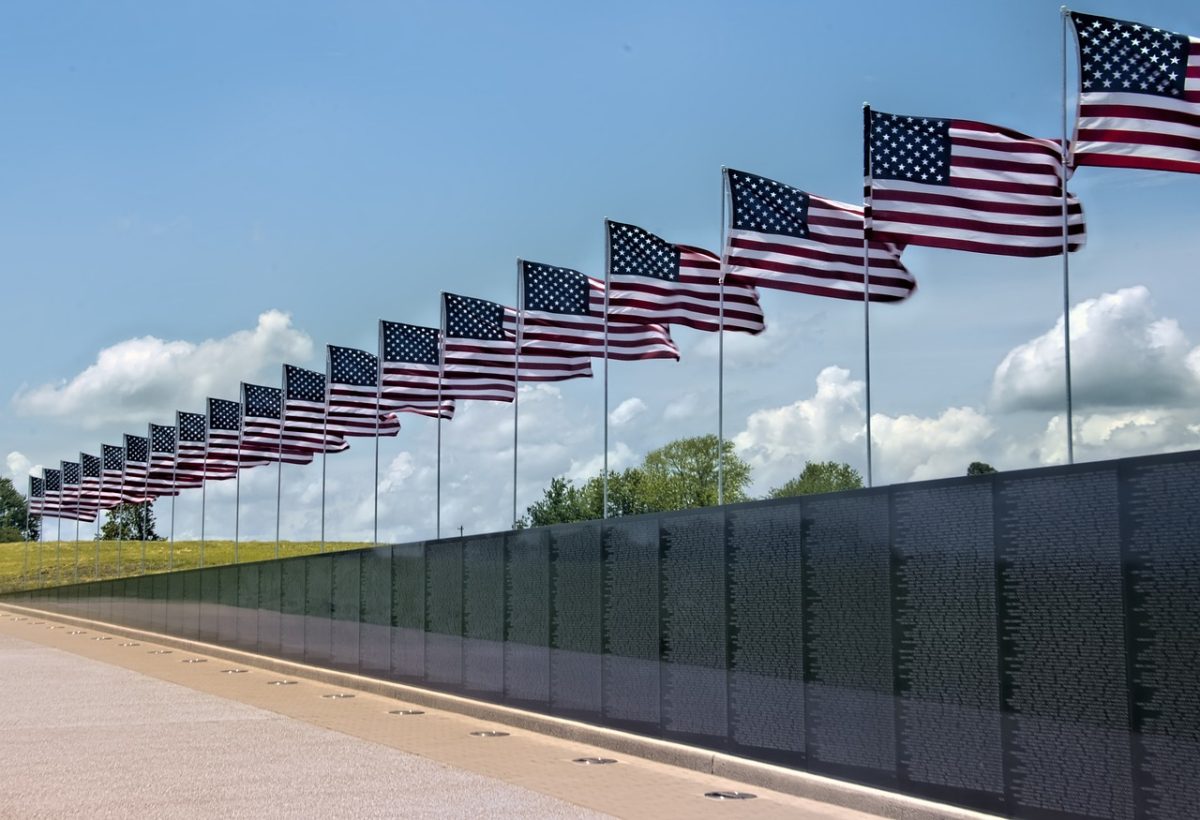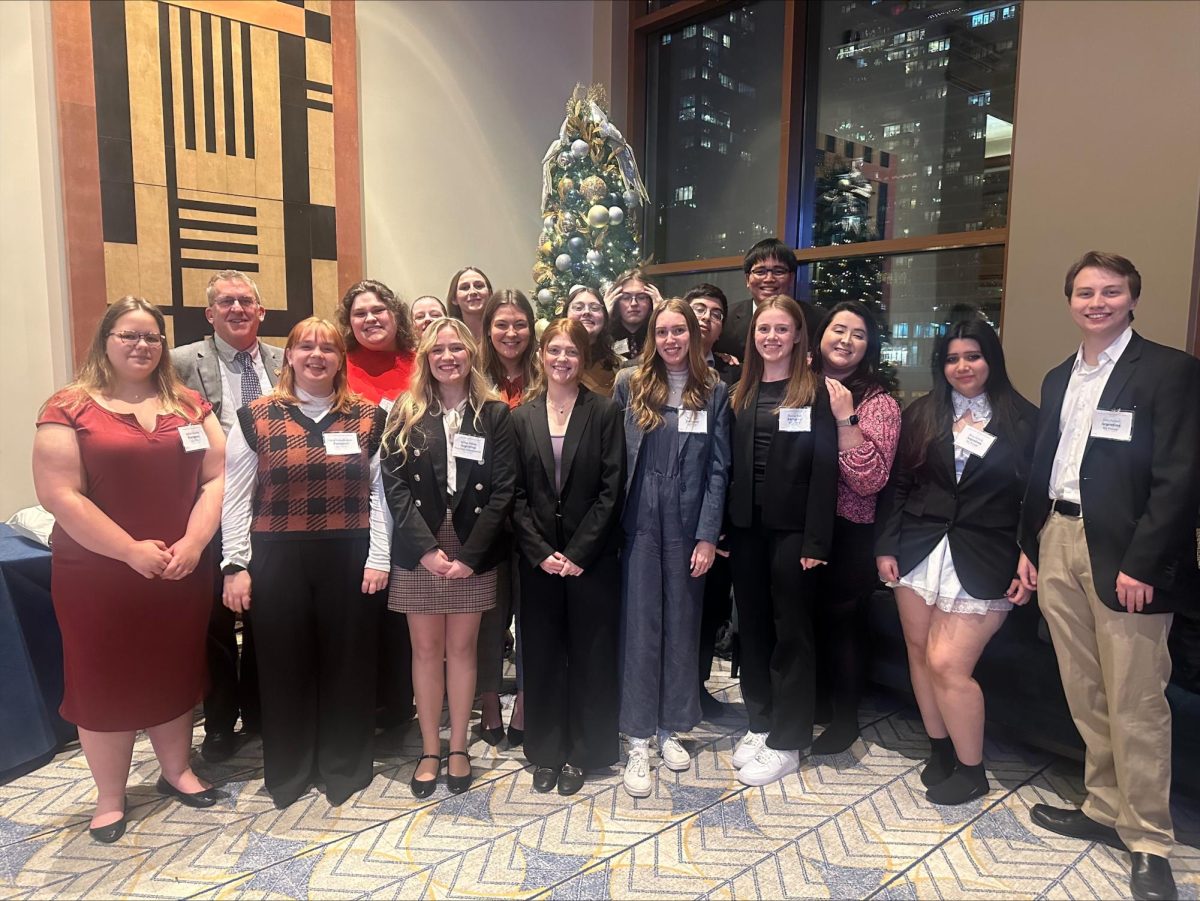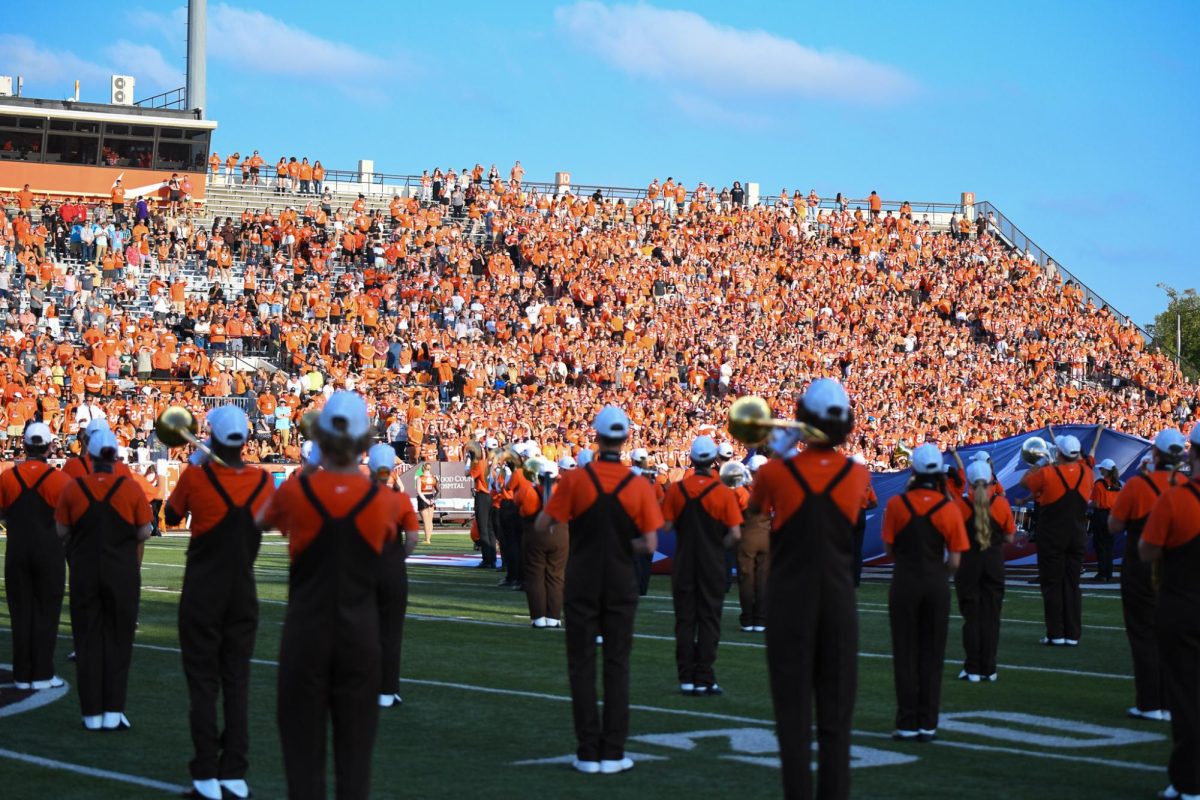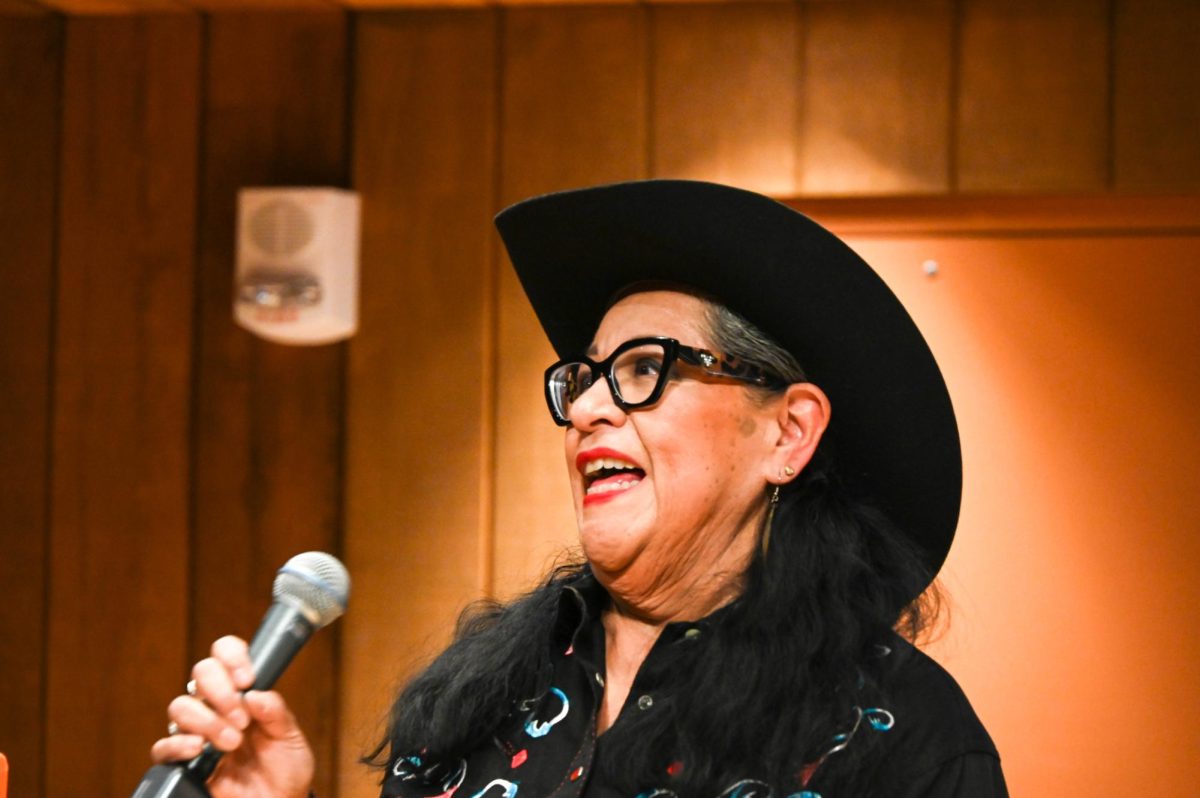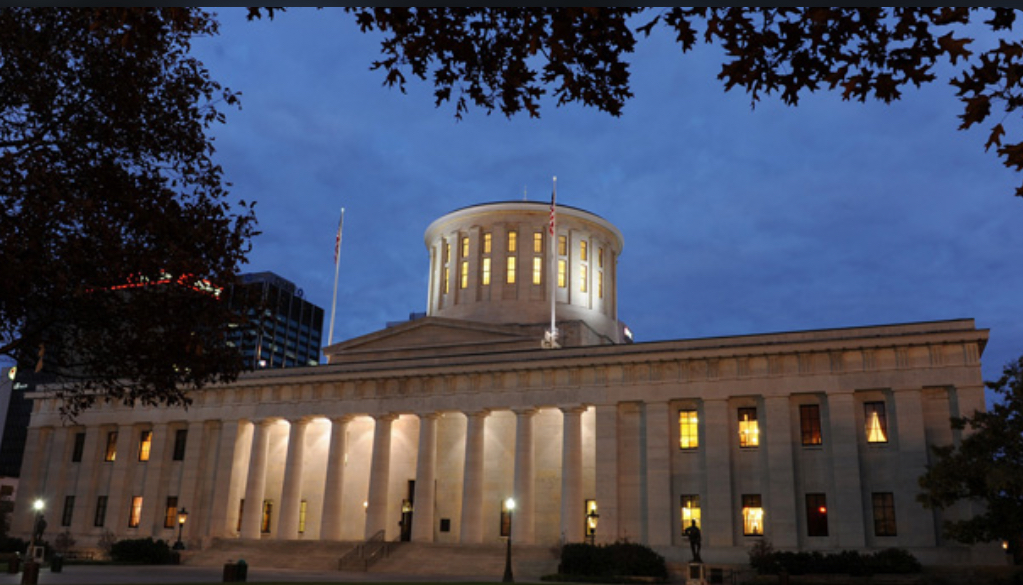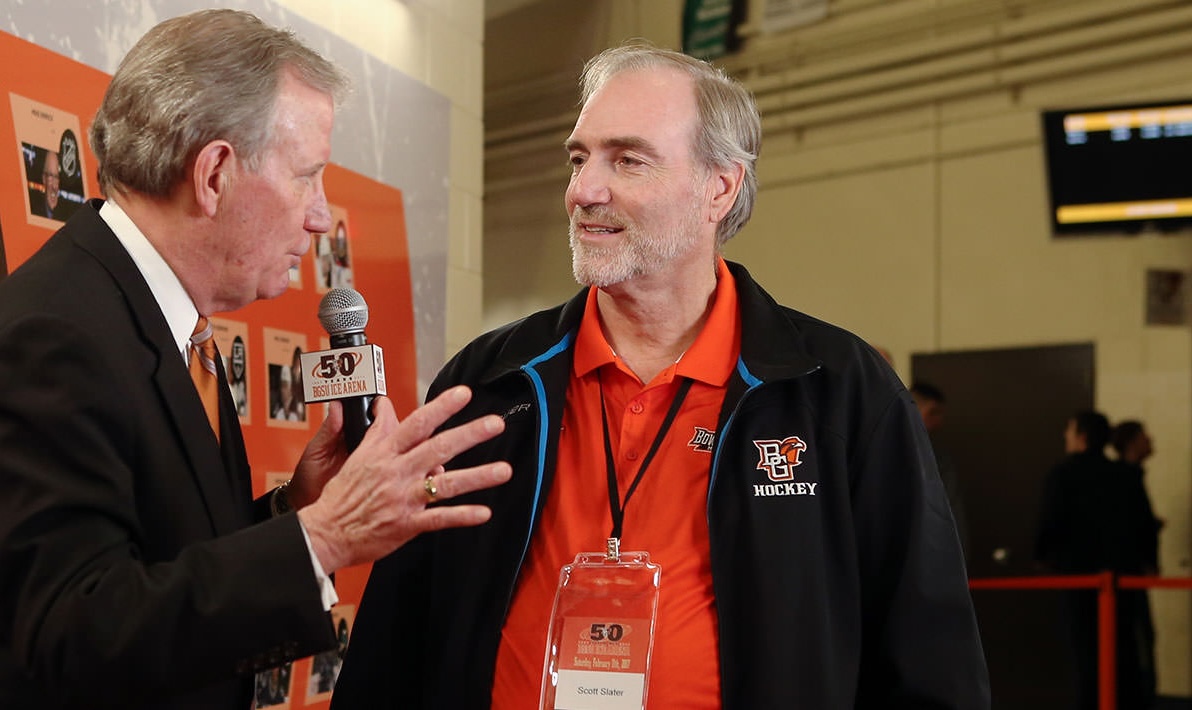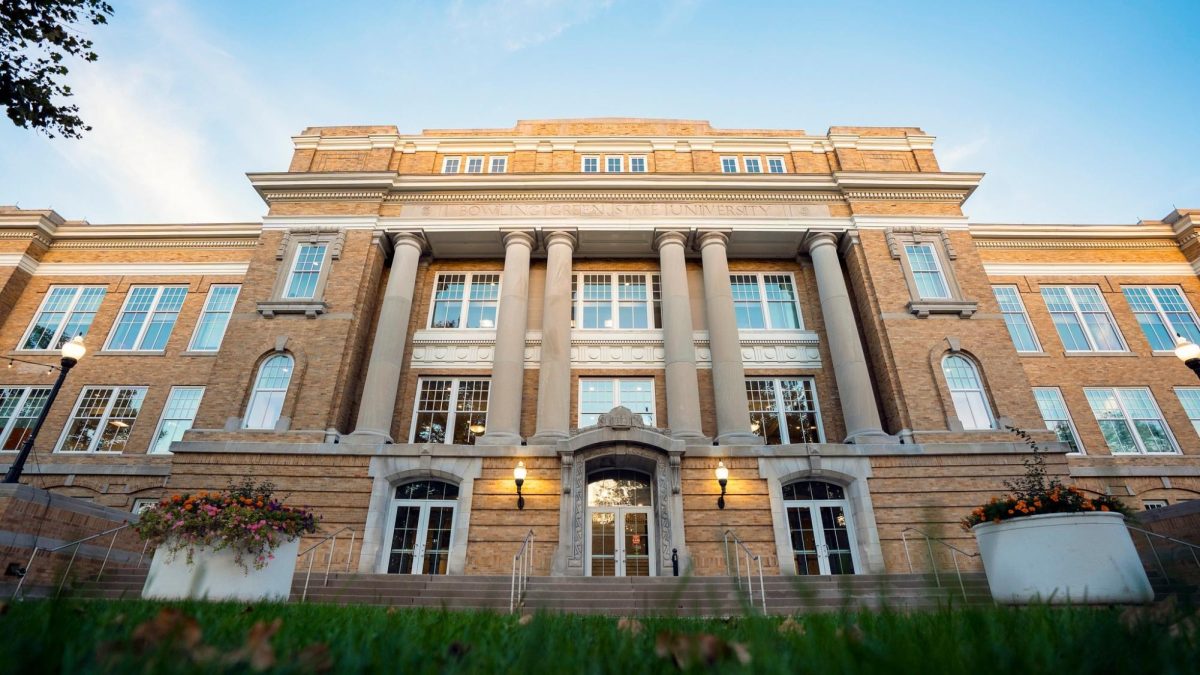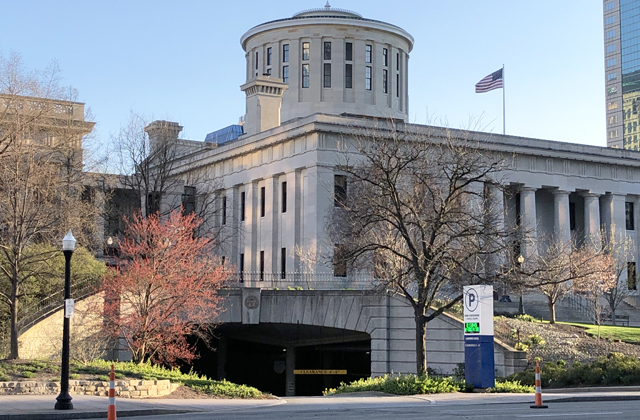From Armistice Day to Veterans Day
Today we recognize the federal holiday Veterans Day, but until 1954 it was known as Armistice Day. The day officially recognized the armistice agreement that concluded World War 1 on Nov. 11 1918. Congress passed a resolution in 1926 making it an annual observance and by 1938 it became a national holiday. . By the time the name changed in 1954, Americans had served in both the second world war and the Korean War. The day officially became known as Veterans Day on June 1, 1954.
America’s veteran population
16.2 million veterans were recorded in the 2022 U.S. Census to represent 6.2% of the total adult-civilian population. Female veterans represented 10.3% of the total veteran population, totalling about 1.7 million people. Veterans aged 75 and older represented 26.5% of the veteran population in 2022 and at the other end, 8.5% of veterans were younger than age 35.
It was not always in November
On Oct. 25, 1971 a bill went into effect holding veterans day on the fourth Monday of every October. Some sources correlate this change with a want to increase the holiday travel in the United States. Within a few years of holding Veterans Day in October, it became apparent the majority of U.S. citizens wanted to celebrate the day on Nov. 11. In September of 1975, U.S. President Gerald Ford signed a law into effect, returning the annual observance to its original date.
Other countries celebrate in their own ways
The act of celebrating veterans on Nov. 11 is not uncommon in other nations, as the efforts of several nations in World War 1 led to the conclusion of the war. Canada, Australia and Great Britain celebrate their veterans but call the celebration ‘Remembrance Day.’ Canada’s celebration is similar to the celebration of Veterans Day, whereas Australia would more relate to Memorial Day in the U.S. Great Britain also holds a holiday to honor those who lost their lives in the war on the Sunday closest to Nov. 11.


